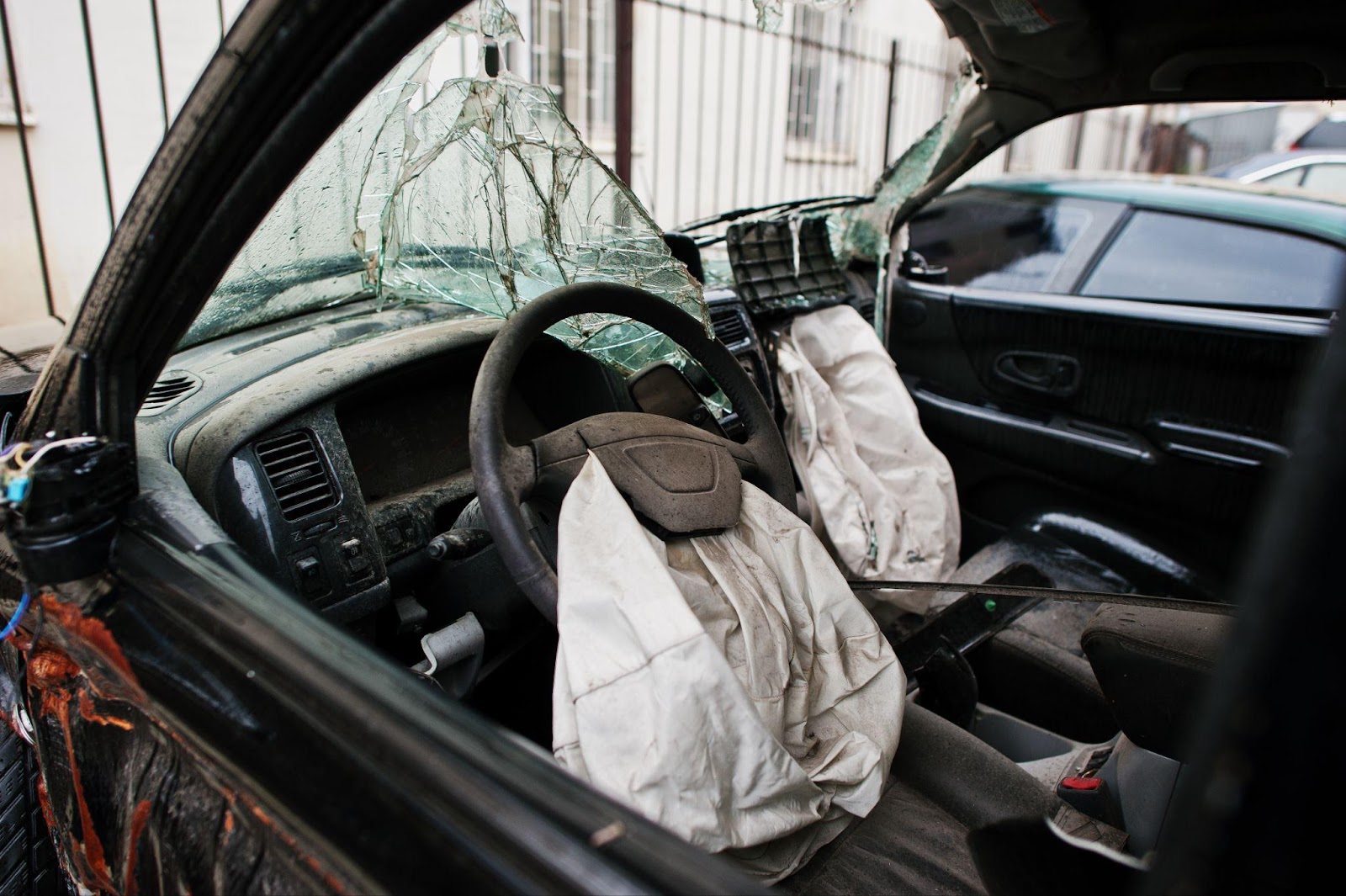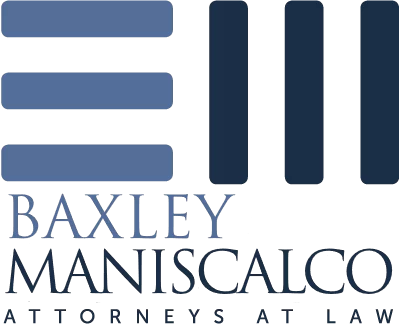
The crushing sound of metal meeting metal, the sudden jolt, and the aftermath of an accident leave most drivers shaken and uncertain. When fault isn’t clearly established—when both you and another driver might share responsibility—the path forward becomes even more complex.
Alabama stands among a small minority of states that handle shared-fault accidents in a particularly strict manner. A single percent of fault can dramatically alter the trajectory of your claim, leaving you with mounting medical bills, vehicle repair costs, and lost wages with potentially no legal remedy.
Understanding how Alabama law treats shared fault could mean the difference between receiving compensation for your injuries or facing financial burden alone.
Alabama’s Contributory Negligence Law
Alabama follows a legal doctrine that dramatically impacts cases where both parties share fault in an accident. This approach differs significantly from most other states and creates crucial considerations for anyone involved in a collision.
Alabama applies the contributory negligence doctrine, a strict legal principle dating back to 19th-century English common law. Under this rule, if you are found even 1% responsible for causing an accident, you may be completely barred from recovering any compensation from the other driver—even if they bear 99% of the fault.
This all-or-nothing approach stands in stark contrast to the comparative negligence systems used in most other states, where parties can recover damages reduced by their percentage of fault.
Only four states—Alabama, North Carolina, Virginia, and Maryland—plus the District of Columbia still adhere to this strict contributory negligence standard. This legal reality makes determining and proving fault especially critical in Alabama accident cases, as even a small assignment of blame can eliminate your ability to recover damages entirely.

How Fault is Determined in Alabama Car Accidents
Establishing who bears responsibility after a collision involves multiple factors and evidence sources. Understanding this process helps protect your interests when fault isn’t immediately clear.
Insurance adjusters, attorneys, and potentially courts will examine numerous elements to determine fault in an accident. Police reports often serve as a crucial first piece of evidence, potentially identifying traffic violations or including the officer’s professional assessment of what occurred.
Physical evidence at the scene—including vehicle damage patterns, skid marks, and final resting positions—can help reconstruct the accident sequence. Witness testimony provides additional perspective on events leading to the collision, while traffic camera or dashcam footage may offer definitive visual evidence.
In complex cases, accident reconstruction specialists may analyze all available data to create a scientific determination of how the crash occurred and who bears responsibility.
Because Alabama’s contributory negligence law is so unforgiving, the evidence-gathering process takes on heightened importance. What might seem like a minor detail could become the determining factor in whether you can recover any compensation at all.
Working with professionals who understand the nuances of Alabama’s fault determination process provides significant advantages when navigating these challenging circumstances.
Common Scenarios Where Both Drivers Share Fault
Certain accident situations frequently result in shared responsibility determinations. Recognizing these scenarios can help you better understand your position after a collision.
- Lane Change Collisions: When two vehicles attempt to move into the same lane simultaneously, both drivers may be deemed partially responsible for failing to ensure the lane was clear.
- Four-Way Stop Confusion: If drivers proceed out of turn at a four-way stop, resulting in a collision, adjusters often assign partial blame to both parties.
- Left-Turn/Straight-Through Scenarios: A driver turning left across traffic may bear primary responsibility, but the straight-through driver might share fault if speeding or running a light.
- Rear-End Chain Reactions: In multi-vehicle rear-end collisions, middle vehicles often share partial responsibility for following too closely or failing to leave sufficient stopping distance.
- Merging Accidents: Both the merging driver and highway traffic may share fault if either fails to yield appropriately or adjust speed to prevent a collision.
- Parking Lot Collisions: With less clear right-of-way rules, parking lot accidents frequently result in shared-fault determinations.
These scenarios highlight the complexity of fault determination in Alabama. Each case presents unique circumstances that require thorough investigation and careful legal analysis to protect your rights under the state’s strict contributory negligence standard.

Strategies to Protect Your Rights in Shared-Fault Situations
When both drivers may share responsibility for an accident, taking specific actions can help safeguard your legal position.
hese steps become especially important under Alabama’s strict negligence laws.
- Document Everything Thoroughly: Take extensive photos of all vehicles, the accident scene, road conditions, and any visible injuries immediately after the collision.
- Gather Independent Witness Information: Neutral third-party accounts often carry significant weight in determining fault, potentially tipping the scales in contested scenarios.
- Limit What You Say: Avoid making statements that could be interpreted as admitting fault, such as “I’m sorry” or “I didn’t see you.”
- Seek Medical Attention Promptly: Having medical records that establish a clear connection between the accident and your injuries strengthens your position.
- Preserve Evidence: Keep damaged personal items, torn clothing, and other physical evidence that might help demonstrate how the accident occurred.
- Obtain the Police Report: Review this document carefully for accuracy, as it often serves as a foundation for insurance companies’ fault determinations.
- Consult an Attorney Early: Given Alabama’s strict contributory negligence standard, professional legal guidance becomes especially valuable before speaking with insurance adjusters.
These proactive measures can significantly strengthen your position when fault determinations become contested. Under Alabama’s unforgiving contributory negligence system, taking these steps may mean the difference between receiving fair compensation and recovering nothing at all.
Frequently Asked Questions About Shared-Fault Accidents in Alabama
Drivers involved in accidents where responsibility isn’t clear often have similar questions about their legal position.
Here are answers to common concerns about Alabama’s approach to shared-fault collisions.
How Does Alabama’s Contributory Negligence Rule Differ from Other States?
Most states follow some version of comparative negligence, allowing injured parties to recover damages reduced by their percentage of fault. Alabama’s contributory negligence rule is much stricter—if you’re found even 1% at fault, you may be completely barred from recovering any compensation from the other driver, even if they were 99% responsible.
What if the Other Driver Claims I Was Partially at Fault?
This claim represents a direct threat to your ability to recover damages under Alabama law. You should immediately gather all available evidence supporting your version of events and consider consulting an attorney who can help counter these allegations before they become established in the record.
Can I Still Recover from My Own Insurance After a Shared-Fault Accident?
Yes, regardless of fault determinations, you can typically use your own collision coverage for vehicle repairs and personal injury protection or medical payments coverage for injuries. However, these coverages are subject to your policy limits and deductibles.
How Long do I Have to File a Claim for a Shared-Fault Accident?
Alabama’s statute of limitations generally allows two years from the accident date to file a lawsuit for personal injuries. However, insurance claims should be initiated much sooner—typically within days of the accident—to avoid potential policy-based denials.
Fight Harder, Fight Smarter
You don’t have to navigate Alabama’s complex contributory negligence system alone. At Baxley Maniscalco, our experienced accident attorneys understand how to build effective cases even when fault isn’t immediately clear.
We’ve helped countless Alabama drivers protect their rights and secure fair compensation despite shared-fault allegations.
Contact us today for a free, confidential consultation to discuss your accident and explore your legal options.
Can't find what you're looking for? Search our site below.










